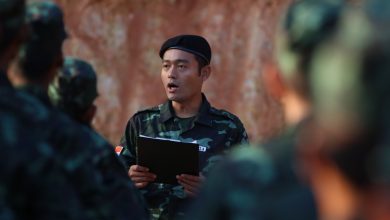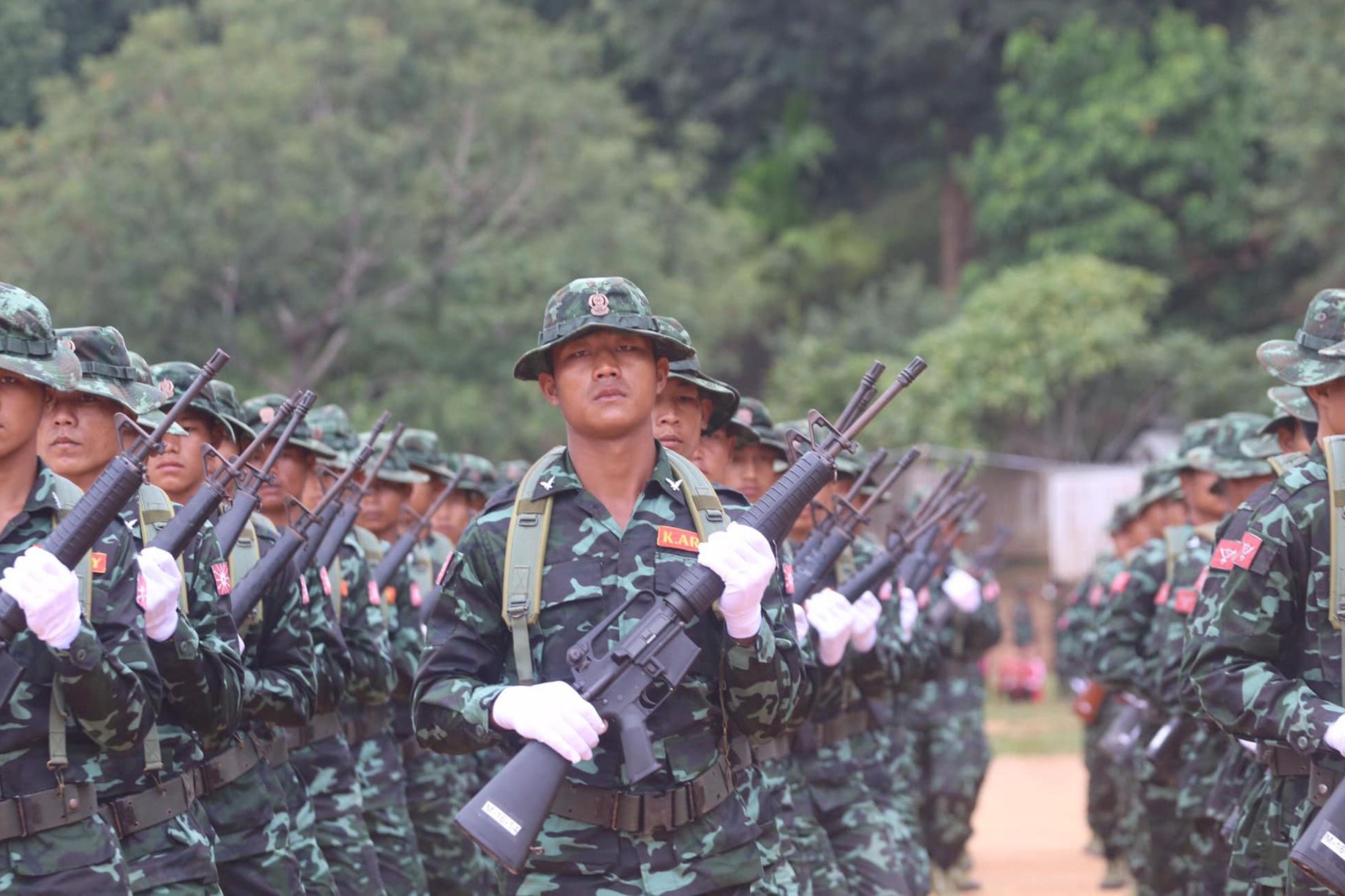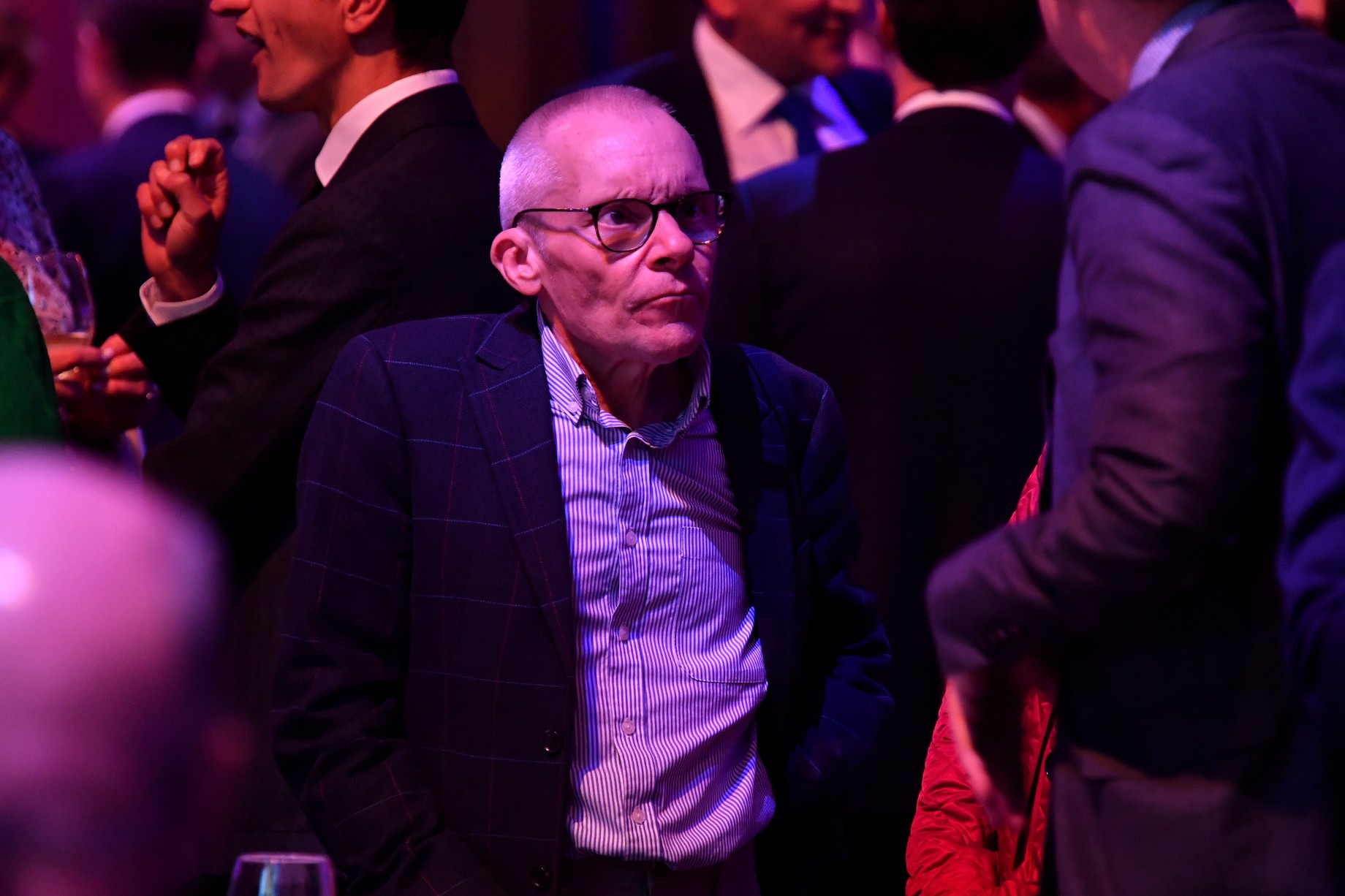
New details have emerged surrounding the killing of some 26 members of local resistance groups, including the People’s Defence Force (PDF), by junta soldiers near the border of Sagaing Region’s Myaung and Myinmu townships on September 22.
Initially the guerrilla units believed that the Myanmar army had intercepted the victims on the road and killed them on site. Citing a spokesperson for a Sagaing District PDF battalion, Myanmar Now initially reported this, as well.
However, according to new testimony given by a 19-year-old escapee, his comrades were captured alive and later executed in groups of five that night, one after another. The survivor, who asked to only be identified by the pseudonym Lukalay for security reasons, was in one such group with four others, taken outside by the junta soldiers to be killed. Seconds before he was about to be shot, he ran.
He told Myanmar Now about the massacre that was perpetrated that night, and how he managed to live.
Myanmar Now: What were you told about the junta column that arrived that night?
Lukalay: We got the news that [the junta troops] had left Gway Pin Taw village [in Myinmu Township], so we were asked to patrol the area. It was around 4 pm, and our leaders informed us that the military column was closing in. Then we heard that the column had vanished somewhere near Kyawt Min village, near Gway Pin Taw. It was getting dark, so we had to rotate the patrol team out with a new one.
MN: How did you and the others end up being captured?
L: We heard that the dogs (Editor’s Note: Resistance fighters frequently refer to junta soldiers as ‘dogs’) positioned at the crossroads to Myaung were active again, so our leader instructed us to leave. We had to head towards Chay Yar Taw [another village nearby].
Some internally displaced persons (IDPs) reached Chay Yar Taw, and some took refuge in Buddhist monasteries in Kyawt Min. When we first left Kyawt Min, we used both cars and motorcycles. I think there were around 20 people in our whole group. I think it was a few minutes past 8pm when we were arrested.

We did not carry any weapons on us—instead, we had put them in our car. When we attempted to flee towards Chay Yar Taw, we were completely unaware of how the junta troops had managed to get ahead of us: they were hiding in bushes at the bridge at the village entrance to Chay Yar Taw. It was only when our car departed that they appeared. We didn’t know the enemy was there.
The junta troops at that location posed as if they were PDF members and stopped vehicles. They intercepted a [tractor known as a] Dragonfly Head, as well as our car. They arrested all the [civilian] occupants of the tractor then parked it in the middle of the road, effectively blocking it.
First, they shot at the tractor—they might have thought it was our vehicle. Then the guys who were hiding in bushes came up to the road, stopped our car, others’ cars, and motorbikes. We thought they were PDF members—our men—so we followed them. Then they started talking rudely. It was only after being arrested that we realised that they were dogs—only after we captured did we realise that they were enemies. That’s how we were arrested.

MN: What happened after the arrest?
L: I was on a motorcycle. They asked people to stop their motorcycles and get off. The people in cars were also asked to get out. Then all of the people were asked to bow their heads and sit down in a creek. They continued to arrest more people. Once the people stopped arriving, those who had been told to sit in the creek [were brought back] and forced to lie down alongside the road.
A lot of people, including ordinary civilians and those in our group, were arrested. I don’t know the exact number of people, I think there might have been more than 50. They separated the men and women, and all the men had their hands tied behind their backs. I also had my hands tied behind my back..
Some of those who did not have their hands tied tried to run away when the troops brought them back to land after forcing them to sit in the creek. They shot at them. Only two people tried that. One jumped into the ditch and then ran—he was the first one, he escaped. The other one was shot and died on the spot. I don’t know whether they were our comrades or not; all I saw was their attempt to run.

At that time, I was still tied up. They also questioned the person driving the tractor. Initially, the driver did not say who he was, so they beat him with gun butts. They also asked each of the arrested people which villages they were from. If you could not answer, they would hit you.
They have not released some of the civilians. They were held in a building next to the road, maybe it was a big house. During the detention, there was one person who died after being beaten while he was tied up. He was a civilian from Kyawt Min. (Editor’s Note: Among the nearly 50 people arrested that night, most were released the following morning. At the time of reporting, it was believed that 16 were still being held hostage, detained at the police station in Myaung.)
MN: How did you escape?
L: They questioned one of the detainees, who revealed everything. After that, they segregated the PDF fighters from the ordinary male civilians. I was in the group of PDF members.
They divided us into groups and took uniforms out of the car [that the PDF members had arrived in]. We, the PDF members, had to wear these uniforms. After we put them on, they started kicking us and they took pictures of us. They hit each of us. After that, they tied our hands behind our backs again and we had to lie down on our stomachs for hours.
While the troops were having dinner, there was a while when they did not pay attention to us—that lasted until 11pm. We were able to sleep briefly, too. Then they opened fire with heavy artillery on Chay Yar Taw Village.
After they had dinner, they took the first group of five people outside, and a few minutes later, we heard five or six gunshots next to the bridge. They were shooting people who ran, so no one dared to run away. However, once we believed that they would kill us anyway and that it was important not to die in their hands, the idea of escaping resurfaced. This thought only arose after a considerable amount of time had passed, after the first group of five was killed.
I turned to the person beside me and said that they shot the first group of five, so maybe we should try to escape. The person next to me then shared this idea with the person beside them. We discussed it this way and ultimately we decided to attempt an escape. They called out another group of five, which included me.
The person who was waiting to kill us was on the bridge. There were about four or five of them [nearby]. Around 30 troops were scattered on the road. These guys wore civilian clothes and shorts.
When they called the five of us and instructed us to turn our backs to them, I yelled ‘run!’ and all five of us ran together. The other four people only managed to cover a distance roughly equivalent to the length of a bamboo pole (Editor’s Note: a measurement equivalent to a few feet) before they were struck by bullets. But I was not hit.
What happened was that there was only one escape route, through a hole in a nearby fence surrounded by thorns, so all five people had crowded around it to try to get through. I was at the front, so the bullets didn’t hit me. The people behind me were shot dead.
My desire to run away was very strong, that’s why I was in the front. I was closest to the exit, too. Three of the others did not make it to the exit, but one did—he reached the other side of it, but was hit by a bullet as soon as he made it through.
Initially, I didn’t see any way to escape. I mentally prepared myself to die. But the piece of longyi cloth that I was tied with was undone—the guy who tied it was drunk.

MN: How did you stay in hiding after escaping?
L: Upon entering the hole in the fence, I jumped into a big dry creek bed and began running without looking back. I wandered through the forest and arrived back on the road, but had no idea where I was. I found a grave, and knew that I was near Kyawt Min. I knew there was a lake nearby, so I went down to the lake and sat there near the shore, with my head above water and holding onto the branch of a tree. I stayed there all night until the following morning.
Later, I saw a fire in the distance… I thought the soldiers were burning the bodies of people they had killed, but I was told later that they had set fire to a car. I knew they were in Kyawt Min, but I didn’t know exactly where. When I saw some small lights near the lake, I thought they might be from fishermen, or those who were searching for me. These were the thoughts that crossed my mind.
I later found out that the little lights were from those who fled the fighting, from their phones, the screens lighting up when they received calls. I heard voices and the lights came off and on frequently. It was so cold, and I wanted to leave the lake but I didn’t dare. I felt so tired, but I couldn’t go to sleep because I was in the water. It felt so long waiting for the sunrise.

MN: What did you do the following morning?
L: I only dared to leave when I could see the houses in the early morning light. I went to the Kyawt Min village monastery. I saw a man and called out to him, asking him to get me a longyi. After I got dressed, I entered the monastery. I saw a few IDPs there, but they didn’t know me because I’m from another village.
After that, I went to the place my family had fled when fighting broke out. By the time I arrived, it was after 6am. My wife gave me tea and snacks, and we talked about those who had fallen. My family asked me how I escaped, and I recounted my story. But even though I was reunited with them, we still felt anxious, and made some calls to find out the whereabouts of my unit and I went to meet up with them.
MN: How do you feel about your escape now?
L: I am happy that I escaped, but I feel sad for my comrades. The memory of those who died beside me is etched in my mind. I often ponder whether it was luck that spared me or if it was because it was not my time to die.
I knew the people in my group well. About 16 of them died. They had wives and children. My comrades died without being able to resist. The soldiers did not say that we would be killed or imprisoned after being arrested. Only when the first five people were taken away and I heard the gunshots did I know that they had been killed. I didn’t think our comrades would be killed so brutally.
I still haven’t met the man who escaped first. There are others who have met him, but I don’t know where he found refuge. I’ve had to go into hiding.
MN: What will you do next?
L: I want to continue to participate in the revolution. However, my mother is gripped by intense fear. Her nephew was among those who lost their lives, and she worries about the possibility of losing me as well. He was among the first five killed. I must stay alive to bring comfort to my mother. After that, I will consult with our leader about what to do.



